Take the guesswork out of planning for your Whole30 by downloading this Whole30 approved food list & Whole30 guide to additives & hidden ingredients. These printable lists include everything you need to know to plan your meals and successfully navigate reading labels so you know exactly what you can and can’t eat during your Whole30!
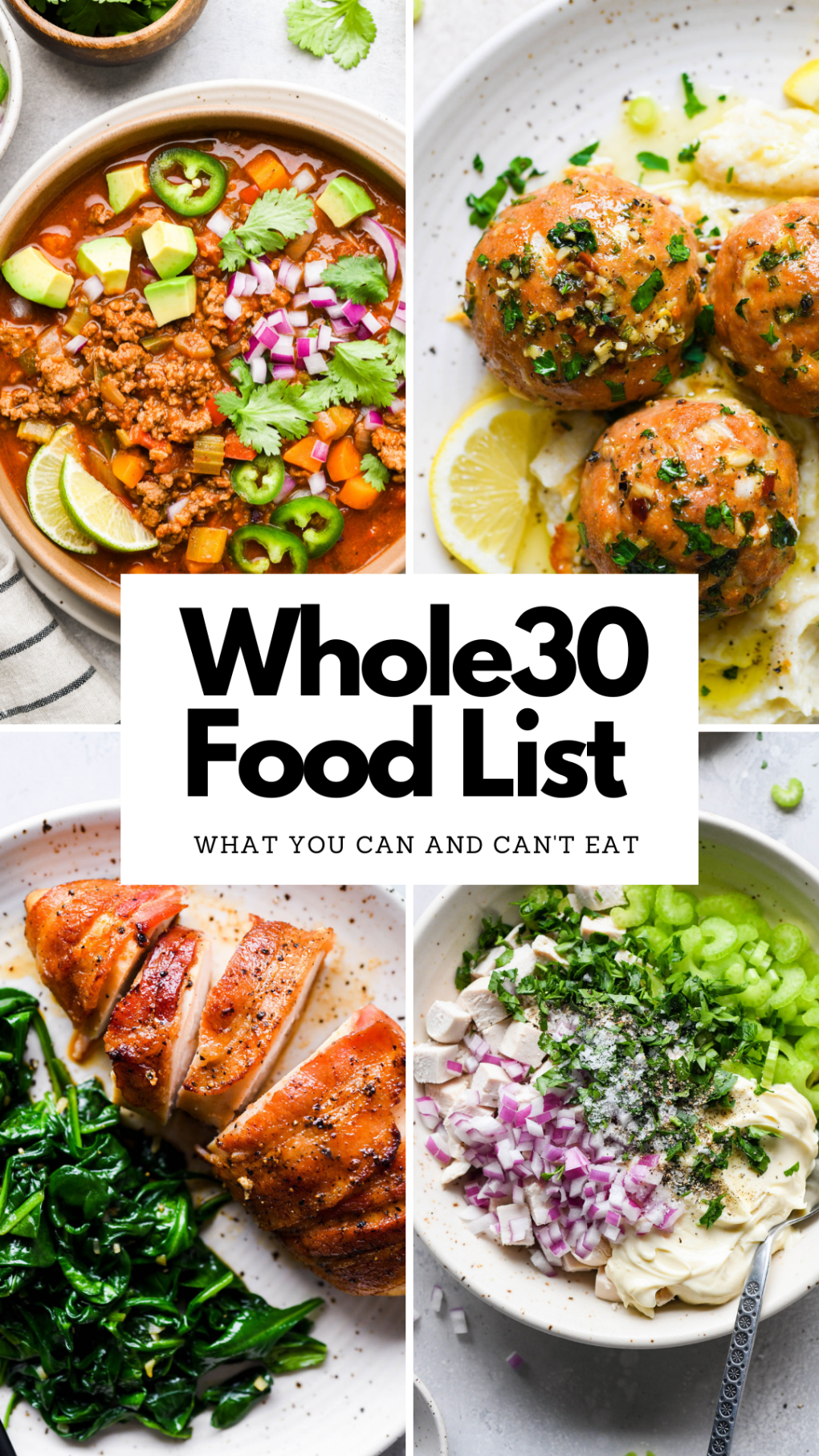
Whole30 Food List
Download the Whole30 Approved Food List here
Download the Guide to Additives & Hidden Ingredients here
One of the hardest things about starting a Whole 30 program is figuring out exactly what you can and can’t eat. Especially if it is your first round of Whole30 or if it’s been a long time since you’ve done one.
It can be confusing when you’re staring at a label with ingredients that you don’t even know how to pronounce! Obviously you won’t encounter that issue for whole food ingredients like veggies, fruit, and protein, but when you’re picking store bought items like mayonnaise, almond milk, canned tuna, bacon, or deli meat, things can get a little bit tricky.
Which is why I’ve put together this printable Whole30 approved food list and a guide to additives and hidden ingredients to make navigating your Whole30 easier and less stressful!
My hope is that seeing the Whole 30 rules in one easy to reference place will help you stress less and focus more on cooking delicious meals! And enjoy all the feel-good benefits that you’re sure to find on your Whole 30.
First things first – What is Whole30?
Whole30 is a 30 day elimination style nutrition program. Founded by Melissa Hartwig, it focuses on taking out food groups that may be causing inflammation in your body, and adding in whole foods in their place!
The idea is to remove inflammatory food groups from your diet for long enough that your body has a chance to rest and re-set. This means that at the end of the 30 days you should be able to see how your body and mind actually feel without any potential triggers muddying everything up.
Although you will probably lose weight during a Whole30, it’s not meant to be a quick fix diet to drop 10 pounds, and in fact weighing yourself is highly discouraged during the 30 day program.
You’ll find no calorie counting or portion control rules on a Whole30 plan. But there is a huge emphasis on tracking “non scale” victories during your experience. Non-scale victories are significant wins that have nothing to do with the number on a scale and everything to do with how you feel .
Some non-scale victories could be:
- Better sleep
- Clearer skin
- Feeling less stressed
- Feeling more confident
- Fewer sugar cravings
- Less brain fog
- Improved cooking skills
- Knowing the difference between hunger and cravings
- More balanced relationship to food
- Better digestion
- Less bloating
After the 30 days, Whole30 rules recommend that you systematically re-introduce foods back into your diet. So you can observe what food groups are triggering potential negative side effects for you. Including this step provides you with some valuable information to take beyond the completion of the program.
Why you should do a Whole30
Outside of some food sensitivity testing, Whole30 is the one tool that has had the most profound impact on my relationship to food. It really is mind blowing how powerful it can be in healing the body and supporting mental health!
Whole30 can also be relatively affordable if you plan it out right. And I guarantee it will give you more appreciation for what you are capable of achieving. Cue unexpected feelings of confidence and empowerment!
Although it is fairly restrictive, you still have a TON of ingredients to play around with to make delicious meals. We definitely eat super well when we are doing a Whole30. Often better than when we’re busy and “what’s for dinner” becomes an after thought.
And in the end, you’re giving your body the ultimate gift of food freedom. Re-setting your taste buds so that you find yourself craving whole foods.
Here is a link to the official Whole30 Program Rules
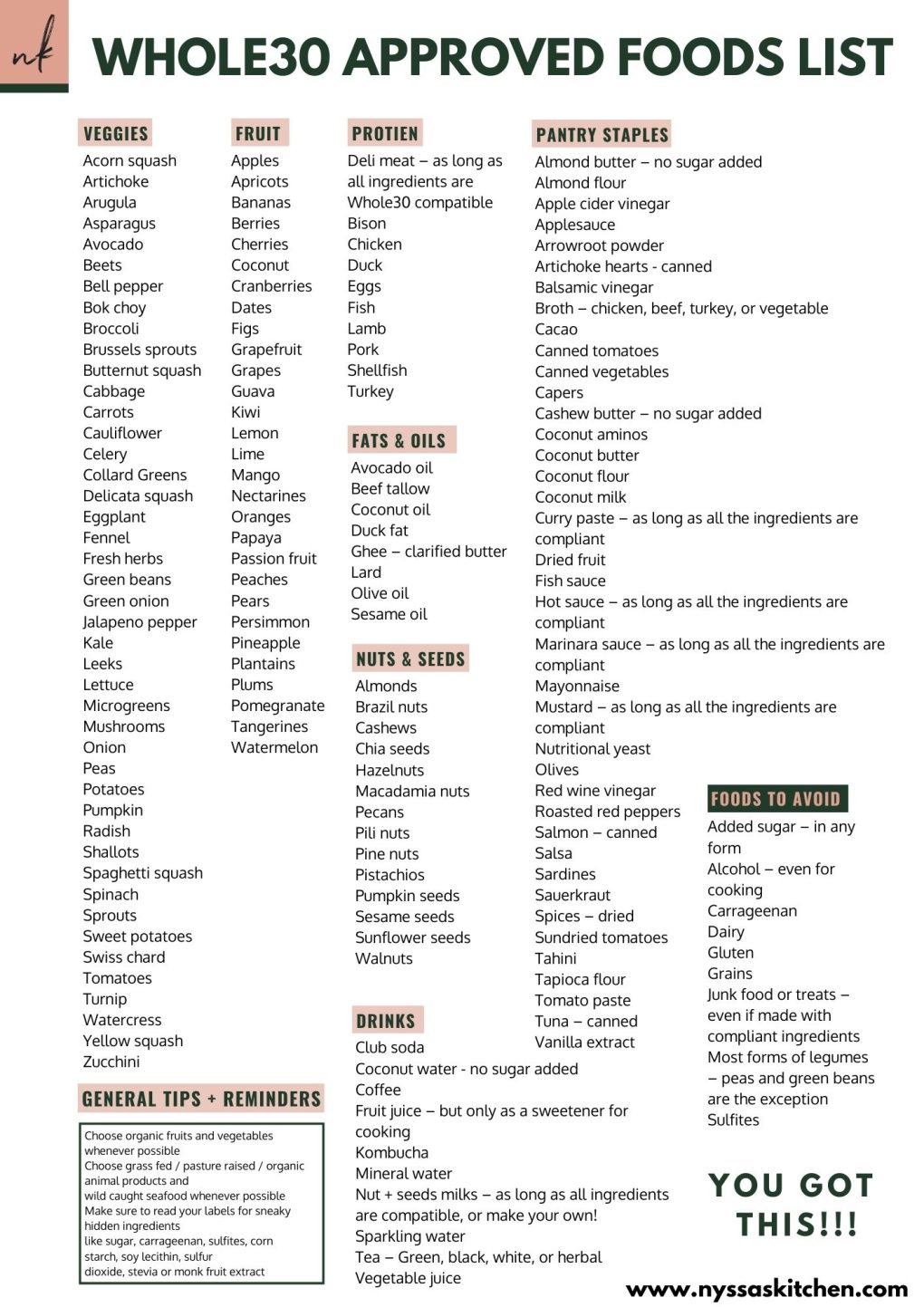

What you can’t eat on a Whole30
Let’s start with what you will eliminate when you’re doing a Whole30.
- Added sugar – In any form. This includes artificial sweeteners, and natural sweeteners like honey, maple syrup, and coconut sugar. You can find a complete list of other “hidden” names of sugar in this printable PDF.
- Alcohol – This also includes alcohol that you might use for cooking and wine that may be hiding in mustard. Read those labels!
- Dairy – Cheese, milk, cream, yogurt, sour cream, cream cheese, whey, butter, etc. are not allowed. The one exception is ghee – or clarified butter. This IS allowed on your Whole30 and I bet you’re going to fall in love with cooking with it!
- Gluten – A big one that typically significantly reduces inflammation in the body.
- Grains – This includes gluten free grains like corn, oats, rice, millet, buckwheat, etc.
- Legumes – Beans of all kinds (garbanzo, black beans, white beans, etc.), lentils, and peanuts. The only exception to this rule is green beans and peas.
- Soy – Soy sauce, tamari, soy lecithin, tofu, tempeh, and miso are all included in this category.
- Some additives – For a complete list of compatible + non-compatible additives you can check out this printable PDF.
- “Junk” foods, baked goods, and treats – Even if they are made with compatible ingredients. This includes pancakes, cookies, desserts, bread, potato chips, and anything deep fried (yes, even french fries).
What you can eat on a Whole30
So after you take away all of the items listed above, what can you eat on a Whole30?
- Vegetables – As many as you want! The more the better. Packing in a ton of colorful veggies is the best way to increase your whole foods intake.
- Meat, seafood, poultry, and eggs – Getting an adequate amount of protein is key to finding success during your Whole30. It will keep you full and satisfied longer in between meals.
- Fruit – You can have fruit on a Whole30 protocol, as long as you enjoy it in small amounts.
- Natural fats – Natural fats are an important piece of a successful Whole30. The pantry-friendly fats allowed on a Whole30 program are avocado oil, olive oil, coconut oil, ghee (clarified butter), sesame oil, beef tallow, lard, and duck fat.
- Coffee – You can enjoy coffee black or with a Whole30 compliant creamer like Nut Pods. You could also make an easy bulletproof style coffee with compatible fats and no sweetener!
- Nuts and seeds – Nuts and seeds are allowed in moderation. Great for topping salads or adding texture and flavor to savory dishes.
- Certain pantry staples – There are a ton of Whole30 friendly pantry staples on the market. My favorite source for buying Whole30 pantry items is Thrive Market. They have a whole category on the site for Whole30 compatible products that can be delivered straight to your door. My pantry is always stocked with Thrive Market brand basics like ghee, olive oil, avocado oil, coconut aminos, and marinara sauce. Their prices literally cannot be beat, and the membership fee breaks down to $5 / month. So worth it for the money you’ll save!
Check out this meal planning template from the official Whole30 website for some inspiration!
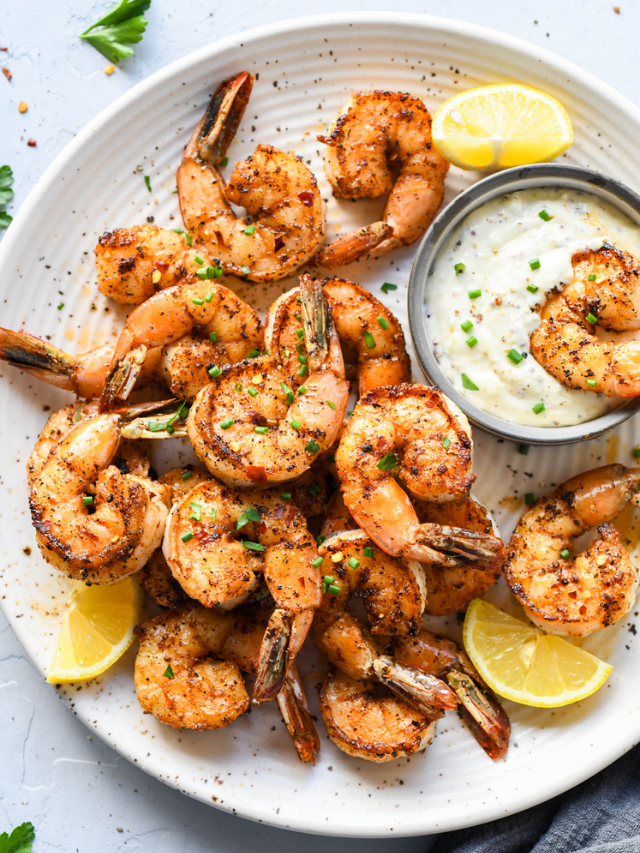

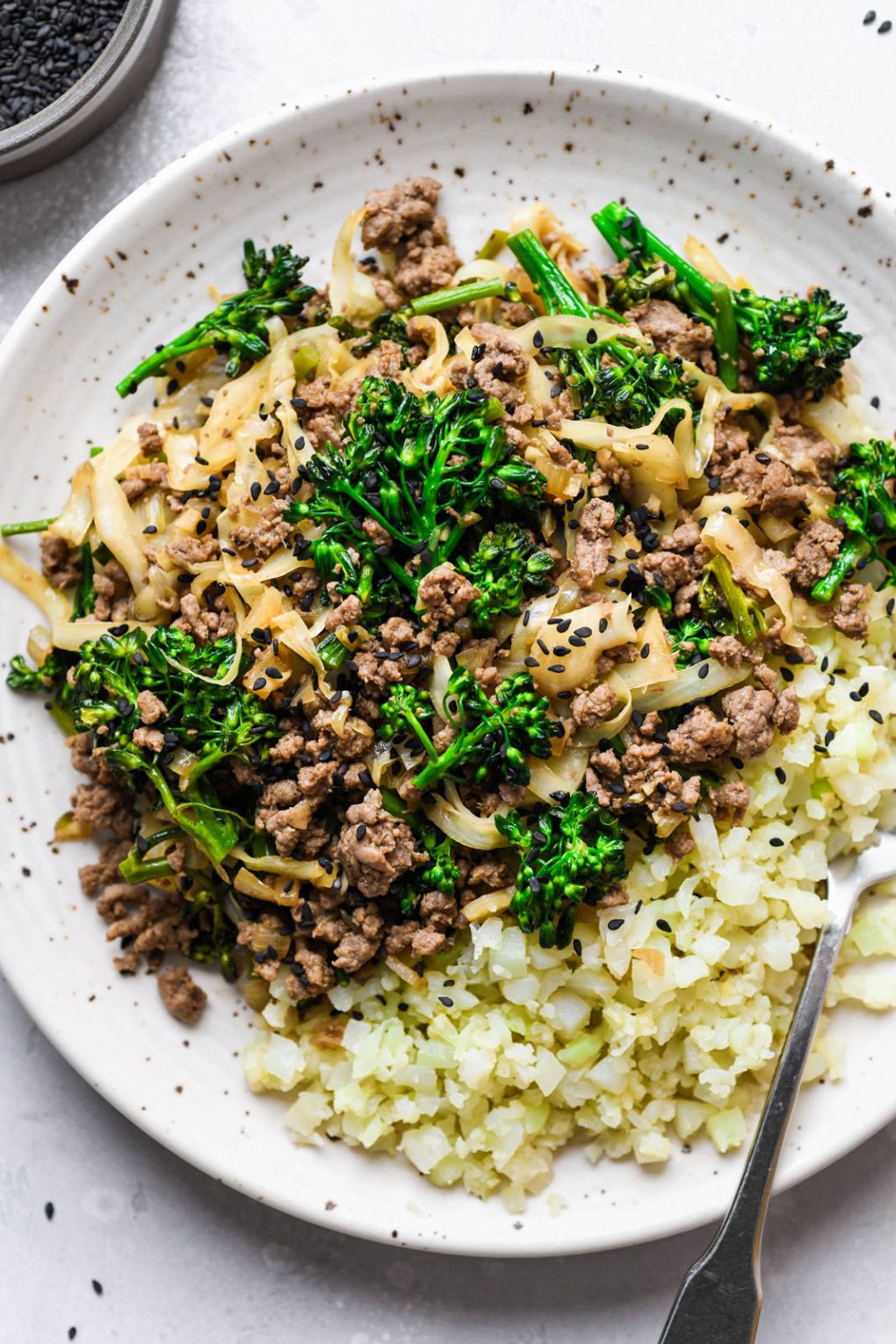
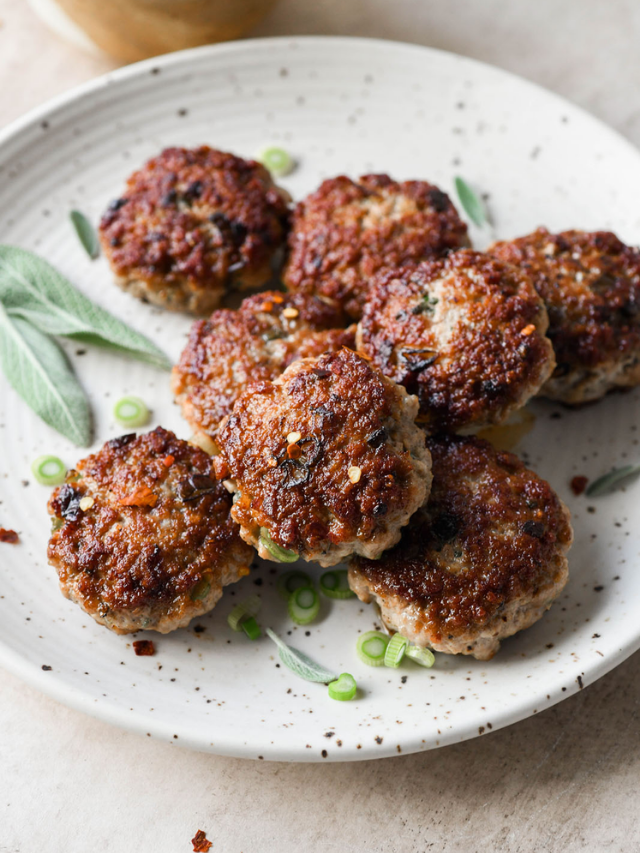
Whole30 compatible drinks
Finding YUMMY beverages to enjoy during your Whole30 is a game changer. It’s really nice to have something on hand to sip while you cook dinner or unwind from your day.
Here’s some ideas
- Club soda
- Coconut water – As long as it is 100% pure coconut water, with no added sugars.
- Fruit juice – Fruit juice is allowed in small amounts.
- Kombucha – Kombucha is allowed on Whole30 as long as there is no additional sugar added to the ingredients. This Humm Kombucha is Whole30 Approved and many GT’s Kombucha flavors are sweetened with kiwi juice.
- Mineral water
- Nut & seed milks – As long as all the ingredients are compatible, or make your own!
- Sparkling water – Flavored sparkling waters or plain sparkling waters are both A-Okay. Sparkling water with a small amount of fruit juice (like Spindrift) are also allowed.
- Tea – Green, black, white, and herbal tea are all allowed – as long as they have no added sugar.
- Vegetable juice – Fresh pressed juice is okay to enjoy in moderation.
A few additional tips to get you started
Here’s a few additional tips for your Whole30 now that you know what you can and cannot eat.
- Find your WHY – In order to ensure success in a Whole30 protocol, it is so important to connect with your WHY. What are the values you have that have led you to take this step for your health? This podcast offers a powerful look at finding our WHY in order to achieve ambitious goals.
- Pick recipes that you’re excited to make – Spend some time on Pinterest finding Whole30 recipes that sound really good and that you’re excited to make. Enjoying food matters. It’s important. Making food you love also helps re-train your brain to crave those foods.
- Put in prep work – Look through your kitchen and toss things that are old or don’t align with the program. Never underestimate the power of a clean and organized kitchen to inspire you to cook!
- Plan self care – Choose some things to fill your cup that don’t involve food. Some ideas could be: a bath, an uninterrupted hour to read, going for a walk, stretching, meditating, or a date night with your partner.
- Fill your refrigerator with Whole30 compatible drinks – Having drinks around the house that you love is a great way to curb snack cravings when you’re not actually hungry (and probably just bored).
- Stock up on Whole30 snacks – Have a stash of “emergency” snacks on hand for when you can’t make a Whole30 meal. Add some to your purse, backpack, car, and office so you always have something ready to tide you over until your next meal. Thrive Market is a great place to stock up on items like these – Lara Bars, Rx Bars, Seaweed, and beef jerky are all great options.
Want to start bookmarking some meal inspiration? Here’s some delicious Whole30 recipes to get you started!
- Classic Whole30 Meatloaf
- Whole30 Garlic Herb Mashed Potatoes
- Whole30 Chicken Pot Pie Soup
- Whole30 Beanless Chili
- Cold Shrimp and Avocado Salad
- Buffalo Chicken Stuffed Peppers
- The Best Dairy Free Ranch Dressing
- Nourishing Chicken and Cauliflower Rice Soup
- Creamy Whole30 Smothered Pork Chops
- Easy Crispy Pork Stir Fry
- Whole30 Mediterranean Chicken Bowls with Creamy Tahini Sauce
- Creamy Dairy Free Chicken and Vegetable Soup
And for more ideas check out ALL of the Whole30 breakfast, lunch, and dinner recipes on Nyssa’s Kitchen here!
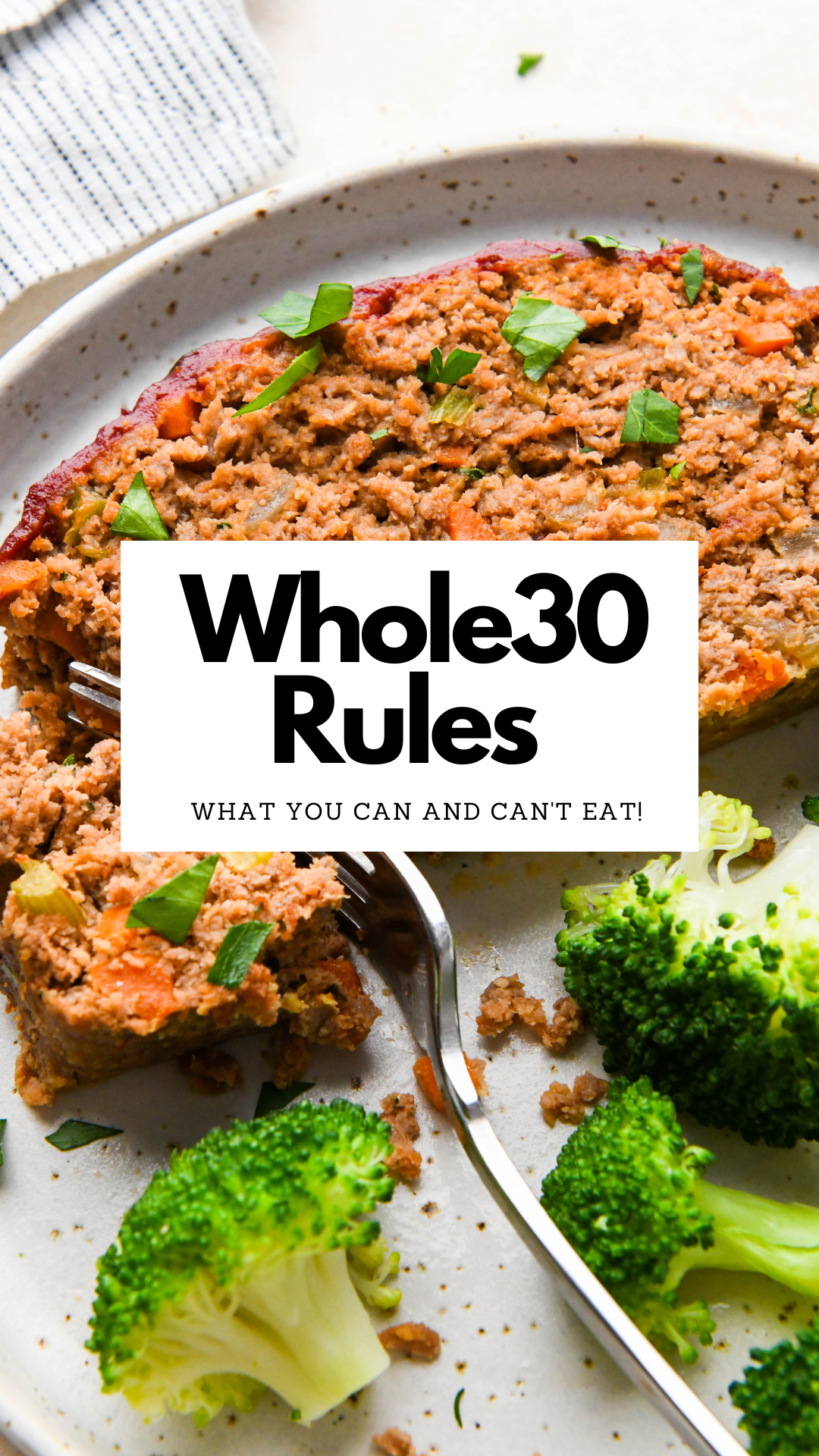


R. C. says
Please double check your lists:
MSG appears on the list of “compatible” additives and on the list of “do not eat” items on your printout.
Nyssa Tanner says
Thanks for pointing that out! I changed it on the other document and added it to the list of compatible additives, but missed removing it from that section. It’s updated now!
Sarah says
Im glad I found this sight.my friend recommended this whole 30 to me and said it was a great way to kind of cleans and re boot herself and her eating habits.ive been trying to learn more about making mindful eating choices and this has given me a great start and good information. Im excited to begin.thanks again,sarah
Nyssa Tanner says
Hi Sarah! I’m so happy that you found this post helpful in getting started on your Whole30 journey. It’s truly been a transformational tool for my health and I’m always so excited to help others discover the program! I have a lot of Whole30 recipes if you need some inspiration here.. Always feel free to reach out with any questions you might have!
xo – Nyssa